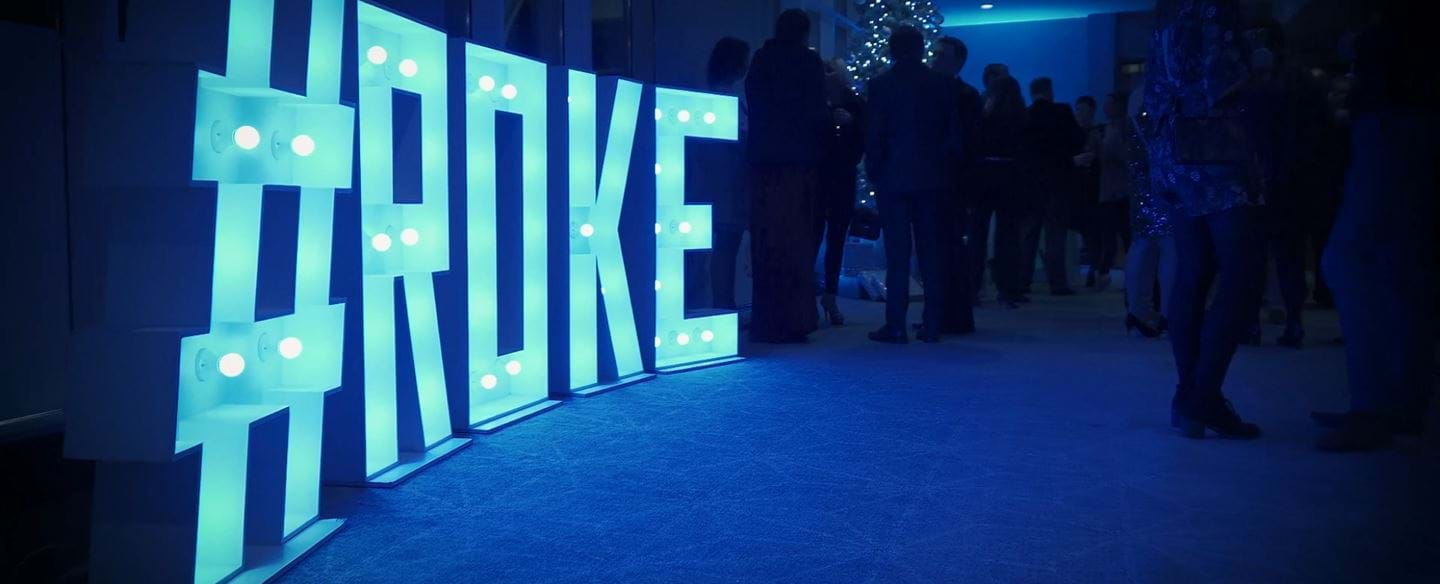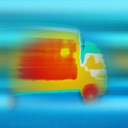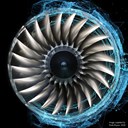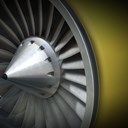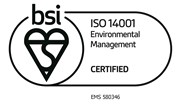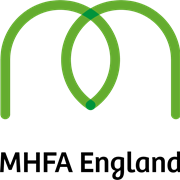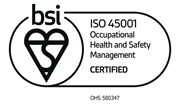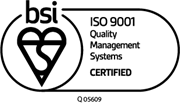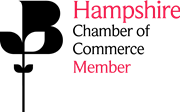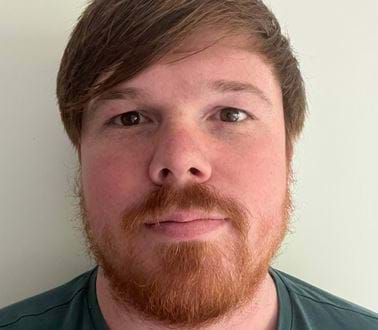
Roke meets
Harry
Meet Harry, one of our leading computer vision specialists. We caught up with him to discuss his role as a line manager within Roke, the changes in computer vision that have disrupted the industry, and what he loves about working with us.
What do you do at Roke?
I’m an engineer and line manager. My technical expertise is mainly around computer vision and related machine learning technologies.
As a line manager, I look after the day-to-day well-being of the engineers in my team. This means everything from making sure they have work that excites them, to supporting their training and career development plans. My engineering role varies depending on the project I’m working on, but typically I’m designing, implementing and validating computer vision based solutions to client challenges.
Why Roke?
There are three things I always tell people I like most about Roke. One, the people I work with on a day-to-day basis are fantastic - friendly, smart and always curious. Secondly, the projects are always interesting and challenging - people don’t bring us boring or easy problems. Lastly, we work across the full engineering lifecycle, and I’ve been lucky enough to work on multiple things throughout the whole process, from initial ideas and prototyping through to delivering software that people actually use to help them do their jobs.
How have you applied past experience to your career at Roke?
I joined Roke straight from university. I did a physics degree, and have applied the underlying principles of optical systems to many of the projects I’ve worked on.
What changes are coming up that you think will impact the needs of our customers and how can we help?
The customers I’ve worked with most closely are all just starting a long journey towards automating very complex, specialised, manual tasks. We need to be alongside them at every step of that journey, both to develop technical solutions to issues, but also to provide guidance and consultancy on what the next step might be, and how best to collect, store and manage data to enable even further automation.
How has computer vision changed in recent years?
The last real shift in computer vision came in around 2015, with the popularisation of convolutional neural networks (CNNs). CNNs completely disrupted the status quo, replacing existing techniques as the state-of-the-art methods for most tasks. Even so, recent advancements in the application of Transformer based deep learning architectures have the potential to be just as disruptive.
How has Roke supported your career so far?
When I’ve been ready for a new challenge in my career, I’ve always been supported by managers and colleagues. Whether that’s been representing a project team in front of the client for the first time, leading a project team or taking on line management responsibilities, the opportunities have been there when I’ve been ready for them.
